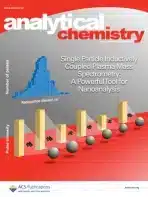
Radostina K. Manova, Sweccha Joshi, Aline Debrassi, Nagendra S. Bhairamadgi, Esther Roeven, Jacinthe Gagnn, Muhammad N. Tahir, Franck W. Claassen, Luc M.W. Scheres,Tom Wennekes, Karin Schroën, Teris A. van Beek, Han Zuilhof, and Michel W.F. Nielen.
Abstract
A better characterization of nanometer-thick organic layers (monolayers) as used for engineering surface properties, biosensing, nanomedicine, and smart materials will widen their application. The aim of this study was to develop direct analysis in real time high-resolution mass spectrometry (DART-HRMS) into a new and complementary analytical tool for characterizing organic monolayers. To assess the scope and formulate general interpretation rules, DART-HRMS was used to analyze a diverse set of monolayers having different chemistries (amides, esters, amines, acids, alcohols, alkanes, ethers, thioethers, polymers, sugars) on five different substrates (Si, Si3N4, glass, Al2O3, Au). The substrate did not play a major role except in the case of gold, for which breaking of the weak Au–S bond that tethers the monolayer to the surface, was observed. For monolayers with stronger covalent interfacial bonds, fragmentation around terminal groups was found. For ester and amide-terminated monolayers, in situ hydrolysis during DART resulted in the detection of ions characteristic of the terminal groups (alcohol, amine, carboxylic acid). For ether and thioether-terminated layers, scission of C–O or C–S bonds also led to the release of the terminal part of the monolayer in a predictable manner. Only the spectra of alkane monolayers could not be interpreted. DART-HRMS allowed for the analysis of and distinction between monolayers containing biologically relevant mono or disaccharides. Overall, DART-HRMS is a promising surface analysis technique that combines detailed structural information on nanomaterials and ultrathin films with fast analyses under ambient conditions.
Related Compounds
